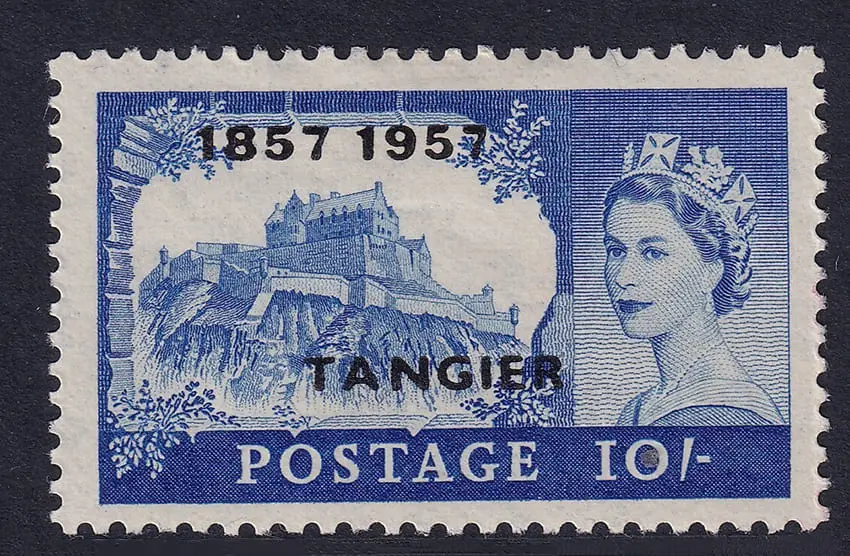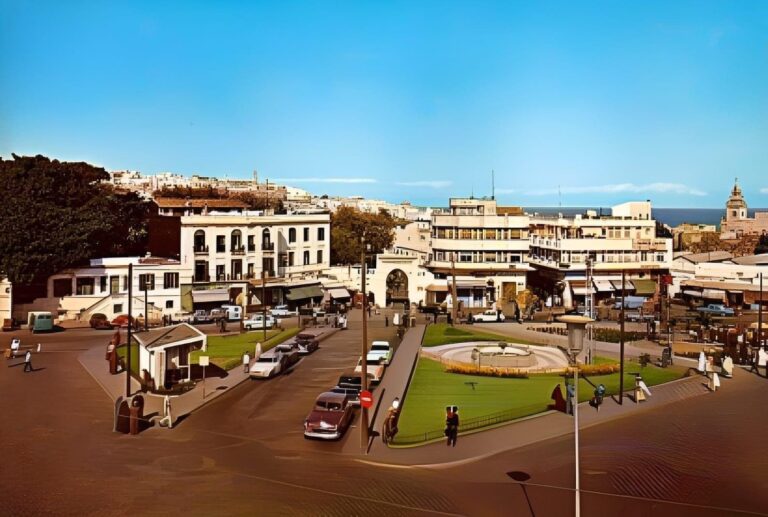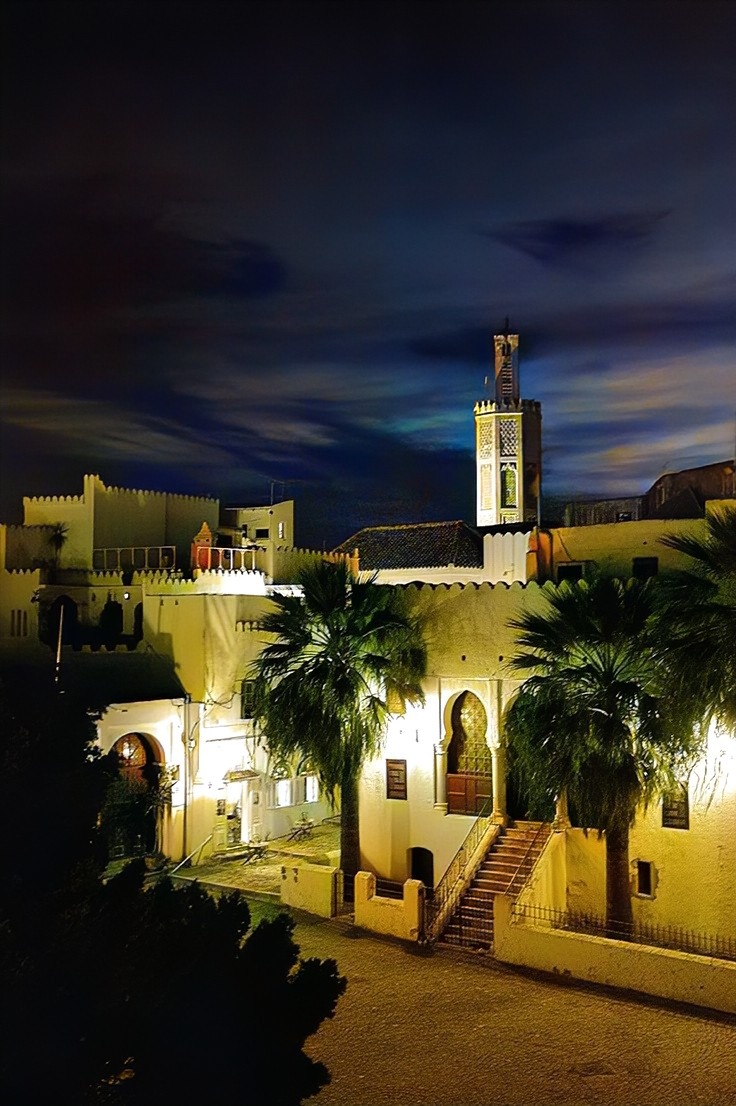From 1924 to 1956, Tangier was unlike any other city in the world. Nestled on the northern tip of Morocco, this vibrant port became the Tangier International Zone, a neutral territory governed by multiple foreign powers. This era turned Tangier into a melting pot of cultures, espionage, and intrigue, earning it a reputation as a playground for artists, spies, and eccentric millionaires.
How Did Tangier Become an International Zone?
Tangier’s strategic location at the entrance of the Mediterranean made it a coveted prize for European powers. In the early 20th century, Morocco was under French and Spanish influence, but Tangier was declared an international zone in 1923 under the Tangier Protocol. The city was administered by a committee of Western nations, including France, Spain, Britain, Italy, Portugal, Belgium, the Netherlands, and later the United States.
This unique status meant that Tangier had:
- No single ruling authority – Instead, a multinational legislative body governed the city.
- A special legal system – A mix of European laws applied, and the city became a tax haven.
- A free trade economy – No customs duties attracted businesses, smugglers, and fortune-seekers.
The Golden Age of Tangier
During its international era, Tangier became a magnet for:
1. Writers, Artists, and Bohemians
Tangier’s liberal atmosphere and exotic charm drew creative minds from around the world. Notable figures included:
- Paul Bowles – The American writer made Tangier his home and immortalized it in The Sheltering Sky.
- William S. Burroughs – The Beat Generation icon wrote Naked Lunch while living in Tangier.
- Tennessee Williams & Truman Capote – Both spent time in the city, soaking up its decadent vibe.
2. Spies and Smugglers
With its lack of strict regulations, Tangier became a hub for espionage during World War II and the Cold War. Intelligence agencies operated openly, and the city was filled with:
- Double agents – Many defectors and informants passed through.
- Black market traders – Everything from gold to secret documents changed hands.
3. Millionaires and Exiles
Wealthy individuals flocked to Tangier for its tax-free status and hedonistic lifestyle. The city was home to:
- Barbara Hutton – The Woolworth heiress lived in lavish palaces.
- Malcolm Forbes – The publishing magnate threw legendary parties in his Tangier mansion.
The End of an Era
By the 1950s, Morocco was moving toward independence from French and Spanish rule. In 1956, Morocco officially regained sovereignty, and the Tangier International Zone was dissolved. The city was reintegrated into Morocco, though its freewheeling spirit lingered for years.
Legacy of the International Zone
Today, Tangier still bears traces of its international past:
- The Grand Socco – Once the heart of the international district.
- The Café Hafa – A legendary hangout for writers like Bowles and the Beatles.
- The American Legation Museum – The only U.S. historic landmark outside America, a relic of Tangier’s diplomatic past.
The Tangier International Zone was a brief but dazzling moment in history, a place where cultures collided, laws were bent, and legends were born. Whether you’re drawn to its literary heritage, spy stories, or sheer decadence, Tangier’s international era remains one of the most fascinating chapters in Mediterranean history.
Would you have wanted to experience Tangier in its heyday? Let us know in the comments!





